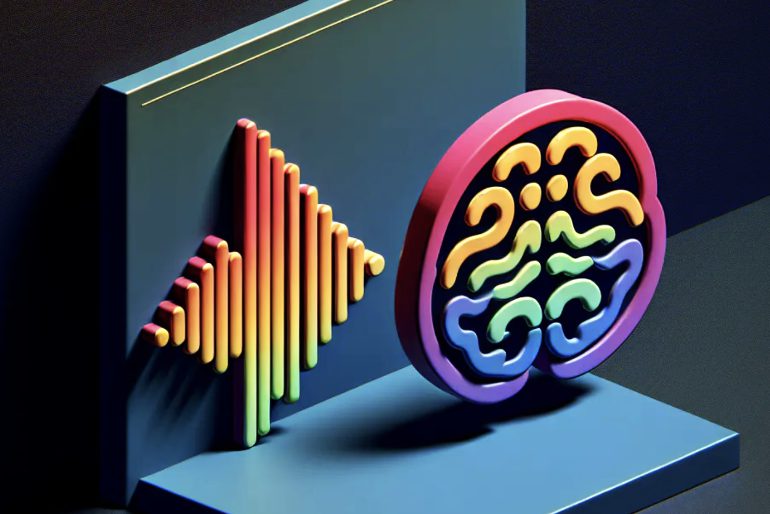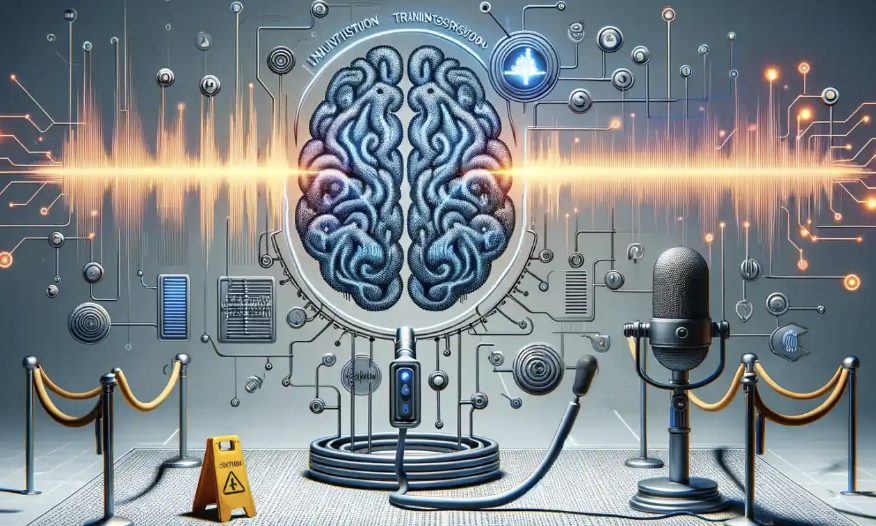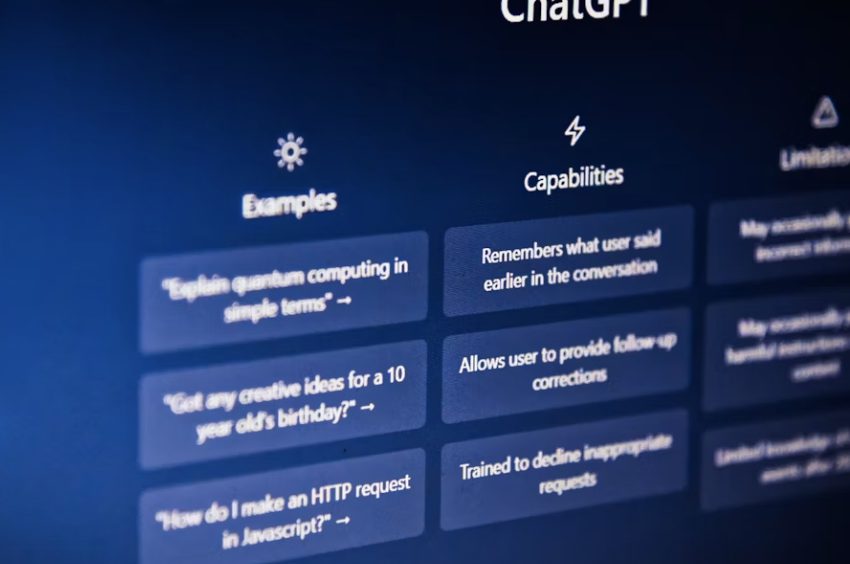Can ChatGPT Transcribe Audio?
Your guide: Can ChatGPT Transcribe Audio?
Artificial intelligence (AI) has become a transforming agent in the always-changing terrain of technology, redefining sectors and changing our interactions with the digital environment. Who remembers when it first hit the market? Recently attracting popular notice among AI developments is ChatGPT, the revolutionary language model created by OpenAI.
But ChatGPT’s possibilities go much beyond its well-known conversational skills, text-based interactions alone. Driven by OpenAI’s Whisper API, one of the less well-known aspects of this AI wonder is its ability to convert audio and video files into text.
So, if you’ve ever wondered, “Can ChatGPT Transcribe Audio?” you’re in luck. Today, we’ll cover this and more. Keep reading to find out more.
Also read: BRICS: Elon Musk Warns US is ‘Going Bankrupt Extremely Quickly’

Deciphering ChatGPT’s Speech-to-Text Capabilities
Often referred to as the “Whisper API,” ChatGPT’s voice-to-text tool is a state-of-the-art automatic speech recognition technology that can translate spoken words into written form. Trained on a large corpus of over 680,000 hours of multilingual and multitasking data, this strong program can transcribe material in more than 50 languages with remarkable accuracy.
Underlying this technology is a smart and effective methodology. The Whisper API divides the material into 30-second chunks first when you upload an audio or video file. These parts are then turned into visual depictions akin to audio waveforms that the artificial intelligence encoder may examine closely. The decoder then generates the matching text output using the information the encoder understands—the subtleties of the audio.
Investigating file capabilities and language support
The Whisper API of ChatGPT stands out mostly for its wide language support. Beyond English, the transcribing and translating features cover a wide spectrum of languages, including Arabic, French, Japanese, Chinese, German, and Spanish among others. With a standard word mistake rate of less than 50%, which is an industry-leading criterion, these languages show remarkable transcription accuracy.
File support-wise, the Whisper API can manage MP3, WAV, MPEG, MP4, M4A, MPGA, and WebM among other audio and video formats. One should be aware, nevertheless, that the default audio size restriction is 25 MB. Should your audio file run beyond this limit, you might have to split it up or compress it before uploading.

Investigating ChatGPT’s Speech-to– Text Features
Another remarkable characteristic of ChatGPT is how easily its speech-to-text tool is available. This feature allows users of PCs, laptops, and iOS devices among other devices. Users of PCs and laptops should make sure of flawless integration and best performance by using the OpenAI Python v0.27.0 module.
Using prompt power to improve transcription
The Whisper API is one of the special ones in that it can change its transcription accuracy and formatting depending on user requests. Incorporating appropriate capitalization, punctuation, and even certain formatting guidelines in the prompt will help users direct the AI to generate transcripts that quite fit their tastes.
Correcting often mistaken terms or acronyms in the audio content can especially benefit from this prompt-based approach. Although the Whisper API could have less influence over the general style and tone than other artificial intelligence models, its responsiveness to prompts greatly improves the quality and usability of the transcribed text.
Also read: BRICS: Saudi Arabia to Adopt Petroyuan for Oil Settlements, Ditch Petrodollar?
Unlocking the AI Transcription’s Versatility
ChatGPT’s speech-to-text feature can do more than just transcription. Using this technology, content makers can repurpose their audio and video materials, therefore opening fresh opportunities for interaction and distribution. While financial teams gain from precise transcriptions of significant calls and reports, healthcare personnel can use it to simplify patient note recording.
Within the field of education, AI-powered transcription helps to create inclusive and effective learning environments by allowing lectures and conversations to be smoothly transcribed. Using this technology, marketers may also obtain insightful analysis from meeting records, thus improving their decision-making and strategic development.

Embracing User-Friendly AI Transcription Solutions
Although ChatGPT’s Whisper API marks a major development in speech-to-text technology, PC and laptop users should be aware that their user experience might not be as straightforward or beginner-friendly as some would wish. Platforms like Notta present a convincing substitute for anyone looking for a more easily available and user-friendly AI transcription solution.
Notta’s web-based, mobile, and Chrome extension-based apps give customers a flawless and simple experience so they may record audio and video files with unmatched speed and accuracy. Furthermore, Notta is a great help to companies and people equally because of her integration skills with well-known collaboration tools such as Zoom, Microsoft Teams, and Google Meet.
Conclusion: Can ChatGPT Transcribe Audio?
There’s no doubt that ChatGPT’s speech-to-text features have taken us to a new era of an AI-driven world. The ability of this technology to turn voice and video into text that can be searched and edited in many languages could dramatically change many fields, from content creation and healthcare to business and education.
As AI keeps changing, adding recording tools like Notta that are easy to use and have lots of features will be key to getting the most out of this game-changing technology.
